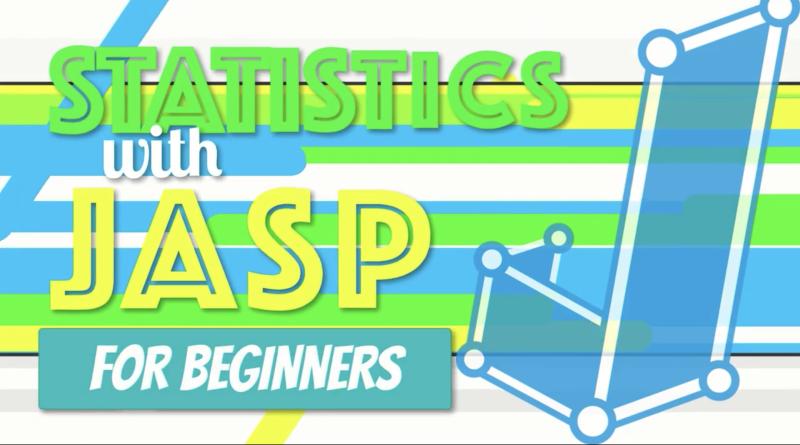Seven Things That Worked in My Online Class
This article by Lisa Lawmaster Hess from FacultyFocus.com includes several tips for making the switch to an online class go more smoothly. Key suggestions include: Hold Zoom office hours Use an asynchronous format Rethink exams Use low stakes responses. To learn about the other three, you can check out the full article here.
Seven Things That Worked in My Online Class Read More »









